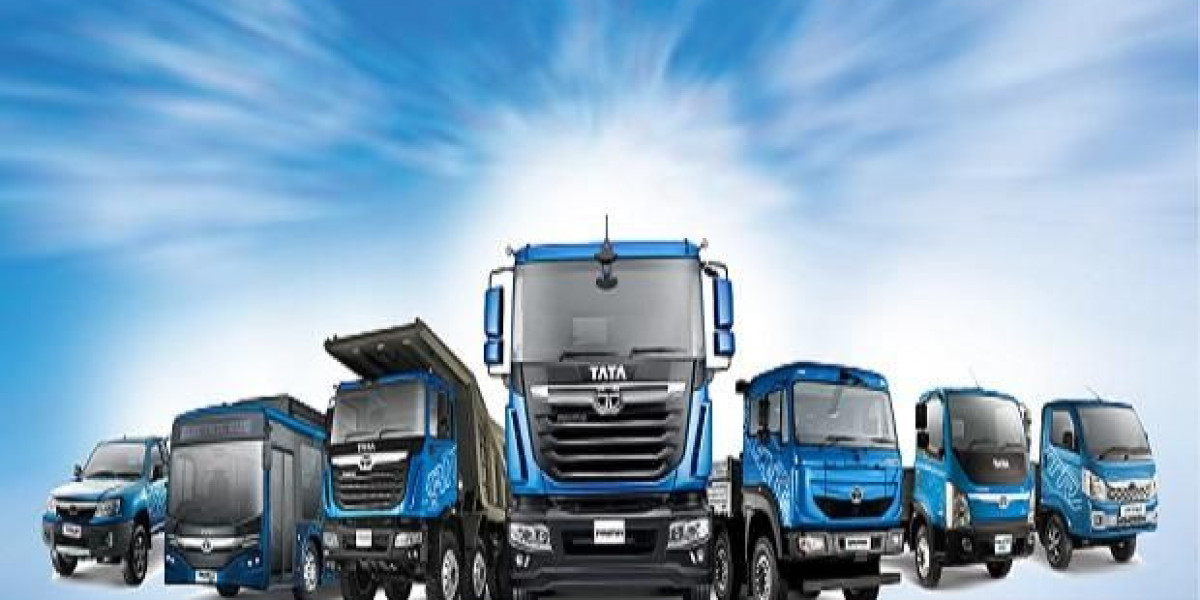If you’re considering buying a small commercial truck or light-duty truck in Thailand, it’s wise to proceed with a robust checklist rather than relying on intuition. The Thai market comes with its own particularities’ registration procedures, emission standards, servicing networks, and road-use conditions differ from other countries. Below is a 10-point checklist that will help you select a small commercial vehicle that suits your business, avoids hidden costs, and stays compliant with local regulations.
Define your business needs and the route profile
Start by clarifying exactly how you’ll use the truck: what goods you’ll carry, the typical load weight, the distance and terrain, frequency of trips, and the condition of roads. Having this clarity will influence the size (GVWR), chassis type, drivetrain, engine power, payload capacity and manoeuvrability you’ll need.
Check registration and licence class
In Thailand, there are particular rules around vehicle registration, insurance and driver licences. For instance, to register a truck you must pay the registration fee and carry mandatory insurance. In addition, your driver needs the correct licence class: while standard light commercial trucks may be covered under a private licence, heavier vehicles or those over certain weight thresholds may require a higher class.
Emission certification
Emissions and certification are crucial for small commercial vehicles in Thailand. It is crucial that the vehicle meets the local certification standards. Make sure the truck is acceptable under Thai road-use and emission rules for instance, new vehicles must meet certain standards if operating in controlled zones.
Payload capacity
A frequent mistake is buying a truck whose load capacity doesn’t match actual needs. If you overload, wear/tear and maintenance costs go up; if you under-utilise, you pay for unused capacity. Check the manufacturer’s rated Gross Vehicle Weight Rating (GVWR) which includes chassis, engine, fuel, driver, cargo etc. Also make sure the size and turning radius are suitable for the areas you operate in – narrow lanes, tight urban corners etc.
Service network
Even the best truck will underperform or cost you dearly if servicing is difficult or spare parts are scarce. A guide to commercial vehicles in India emphasises the service network point – this principle applies in Thailand too. Check how many authorised service centres there are for the brand/model you’re considering and ensure that the local dealer has strong connections within the location.
Vehicle condition
If you’re buying a used light duty truck, you’ll want a thorough inspection: engine, gearbox, odometer check, service history, tires, brakes etc. For a new truck, check the warranty coverage, what components are included, what the dealer is liable for, and how long the coverage lasts. Also check whether any modifications are factory-approved or affect warranty.
Conclusion
Create a checklist with the help of the points mentioned above and use it when visiting dealerships or sellers in Thailand. Bring along a trusted local mechanic if you’re less familiar with trucks in Thailand vehicles, ask for full-service history, ask the dealer for references of previous clients, and compare multiple models/brands.







